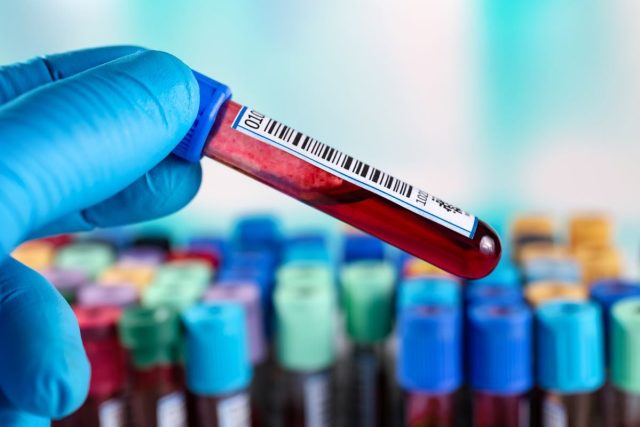Among those without anemia, heart failure, CKD, current pregnancy, 11 and 15 percent have absolute and functional iron deficiency
By Elana Gotkine HealthDay Reporter
TUESDAY, Sept. 24, 2024 (HealthDay News) — A considerable proportion of U.S. adults has absolute and functional iron deficiency, according to a study published online Sept. 24 in JAMA Network Open.
Yahya M.K. Tawfik, Pharm.D., from Brigham and Women’s Hospital in Boston, and colleagues conducted a cross-sectional study analyzing data from the National Health and Nutritional Examination Survey 2017 to 2020 to estimate the prevalence of absolute and functional iron deficiency and iron supplement use across age, sex, and comorbidity categories in the United States. The analysis included 8,021 U.S. adults (mean age, 48 years).
The researchers found that an estimated 14 and 15 percent of U.S. adults met the criteria for absolute iron deficiency and functional iron deficiency, respectively. The estimated prevalence of absolute iron deficiency and functional iron deficiency was 11 and 15 percent, respectively, among U.S. adults without anemia, heart failure, chronic kidney disease, or current pregnancy. In all U.S. adults, except women aged younger than 50 years, the prevalence of functional iron deficiency exceeded that of absolute iron deficiency. Depending on age, iron supplement use varied from 22 to 35 percent among women with iron deficiency and from 12 to 18 percent among men with iron deficiency.
“Further research on the role of functional iron deficiency in adverse health outcomes and on iron deficiency screening strategies is needed,” the authors write.
One author disclosed ties to Kiniksa Pharmaceuticals.
Copyright © 2024 HealthDay. All rights reserved.



















